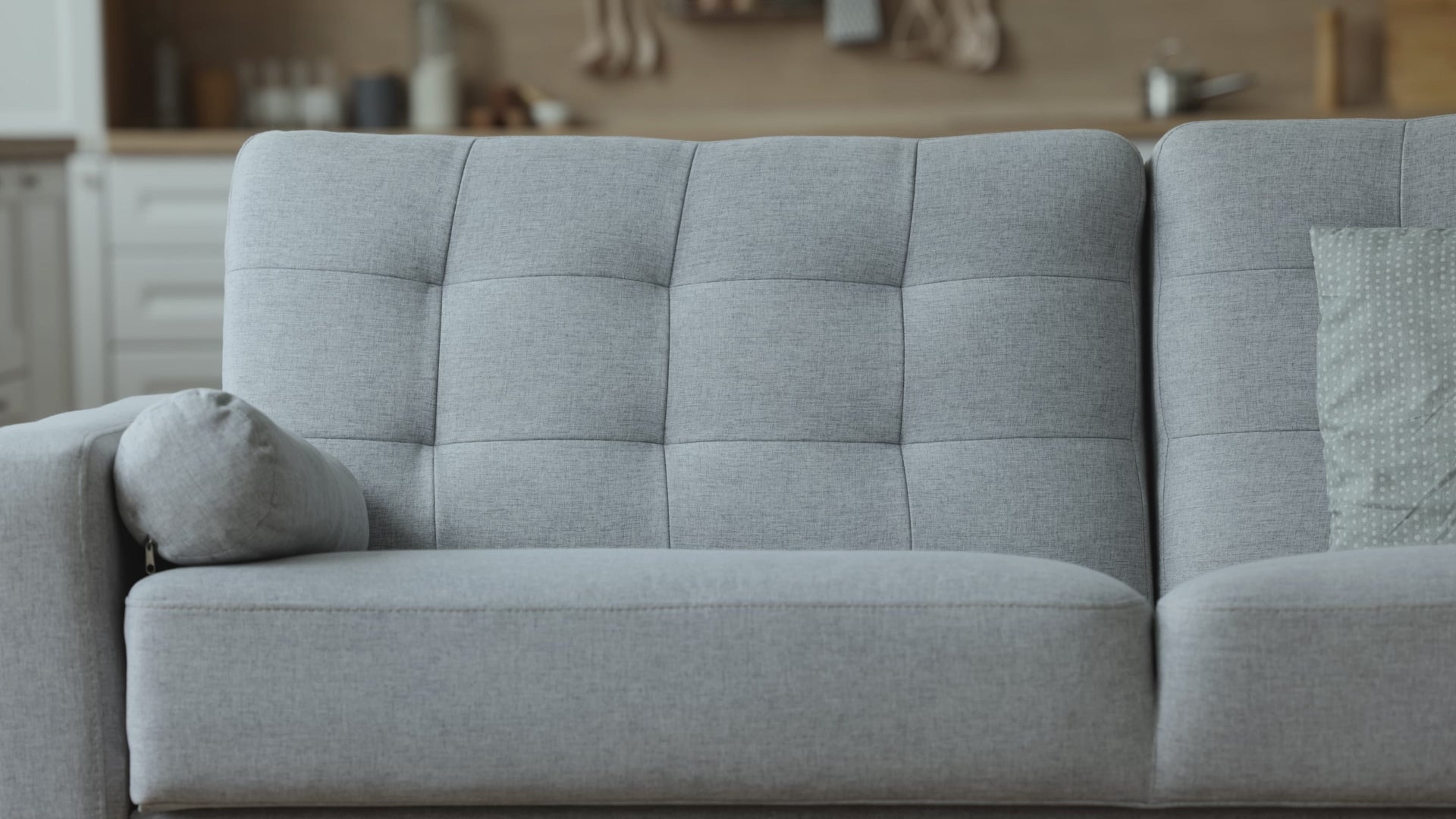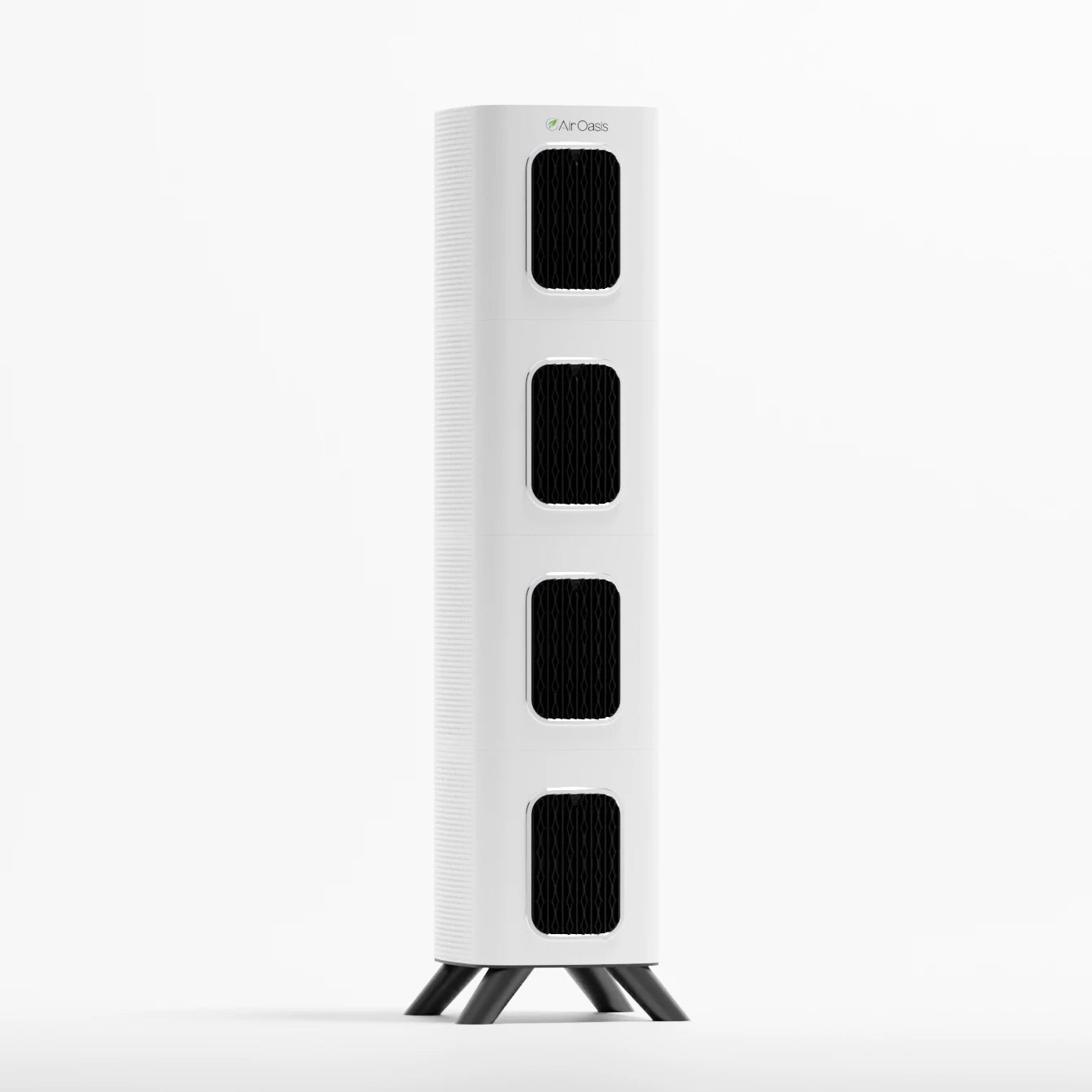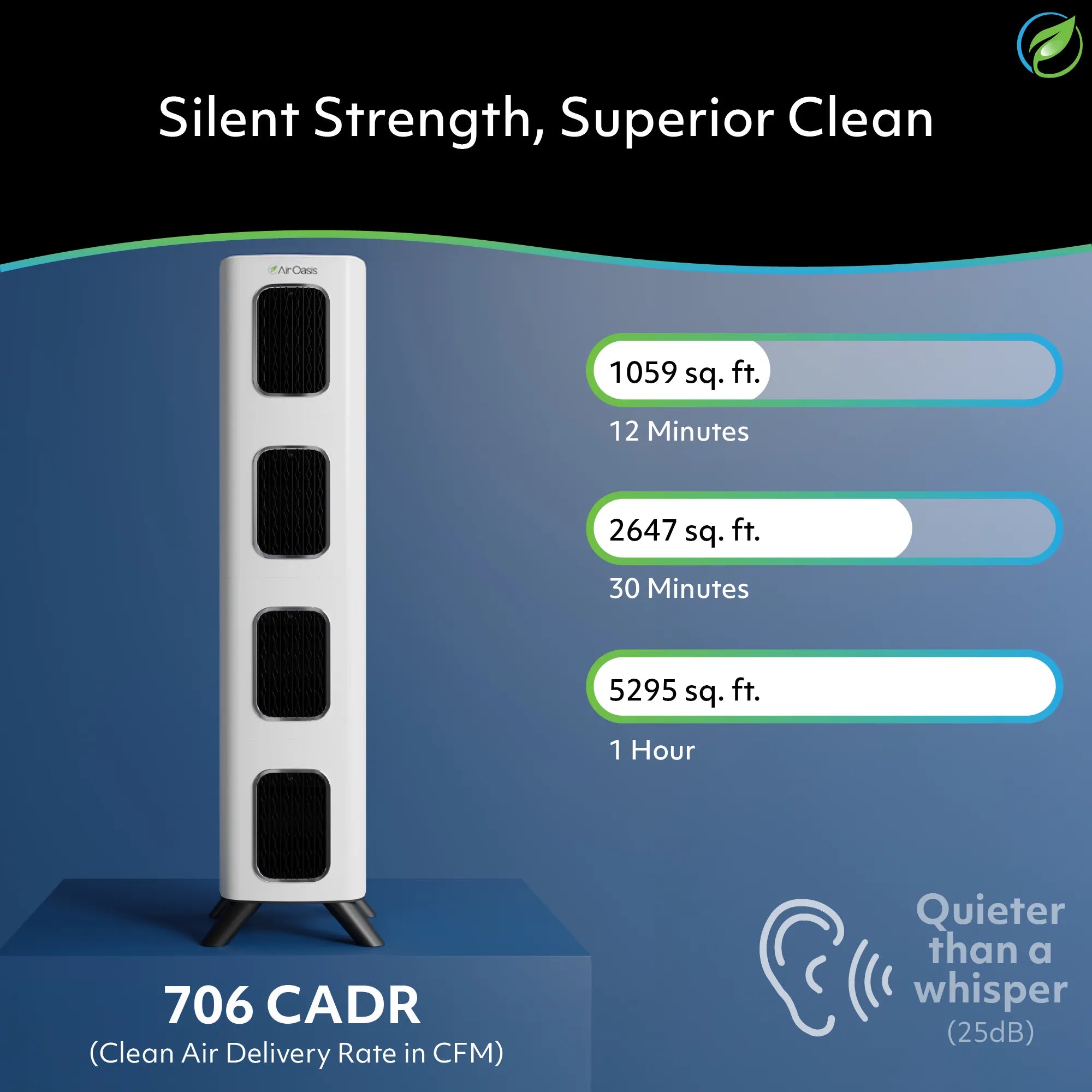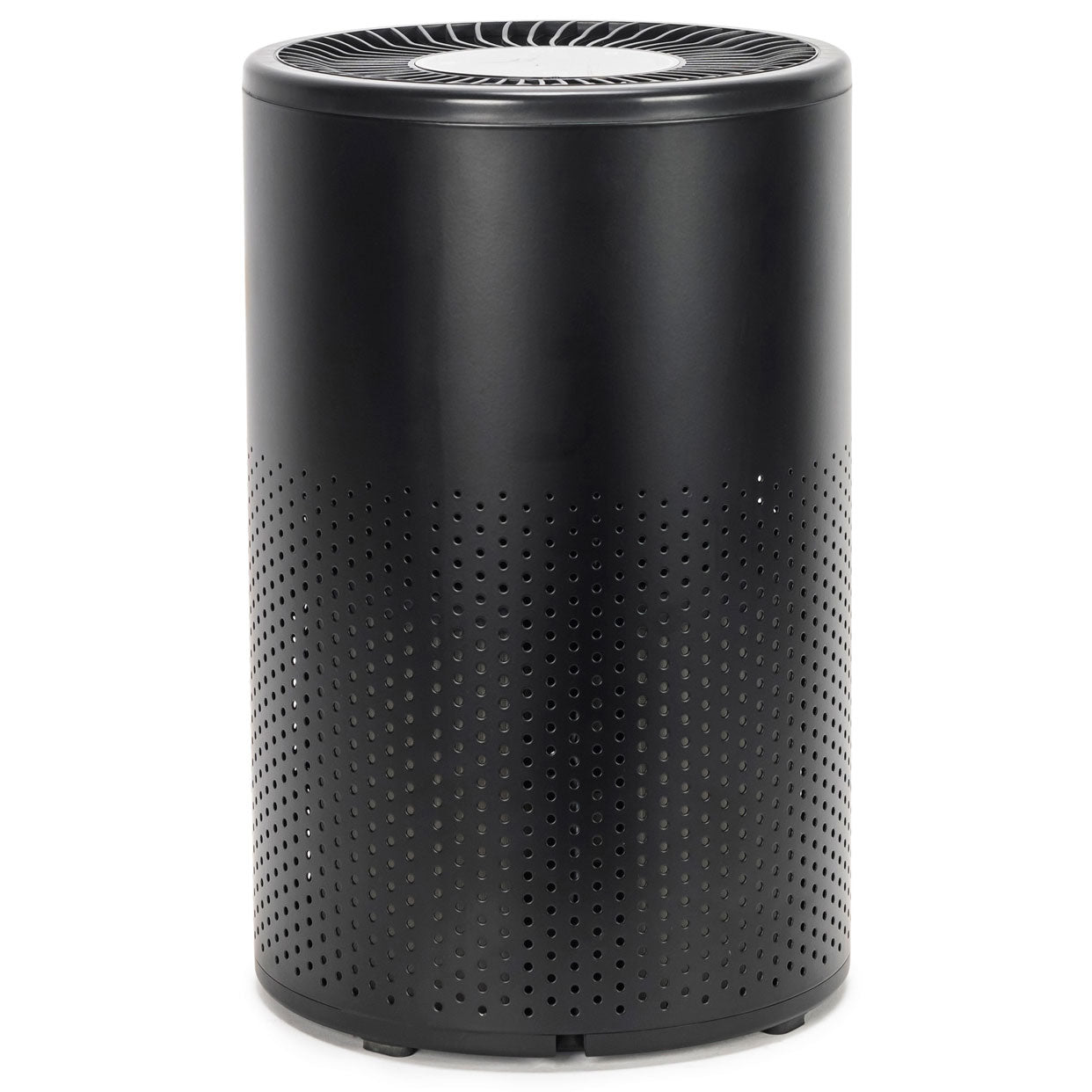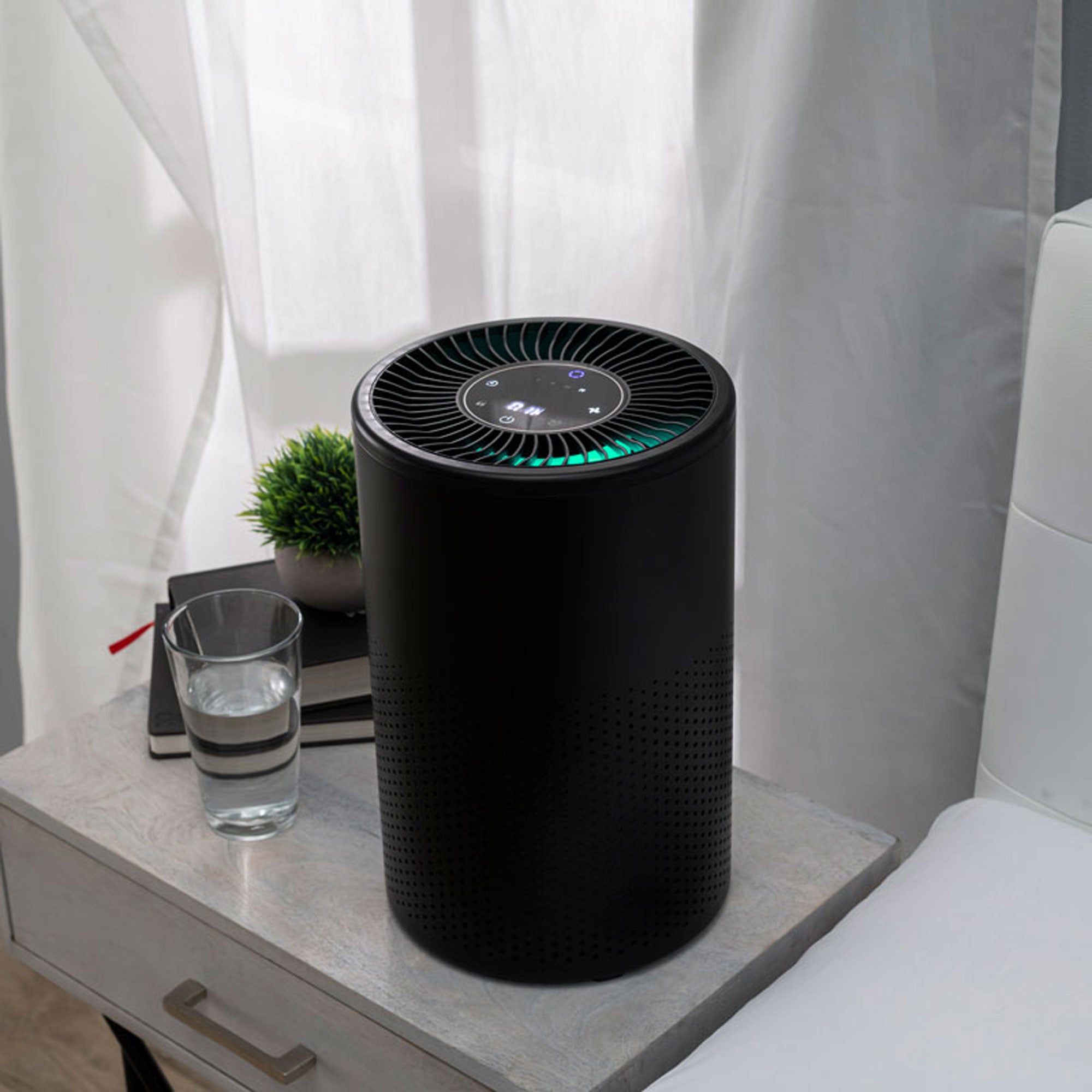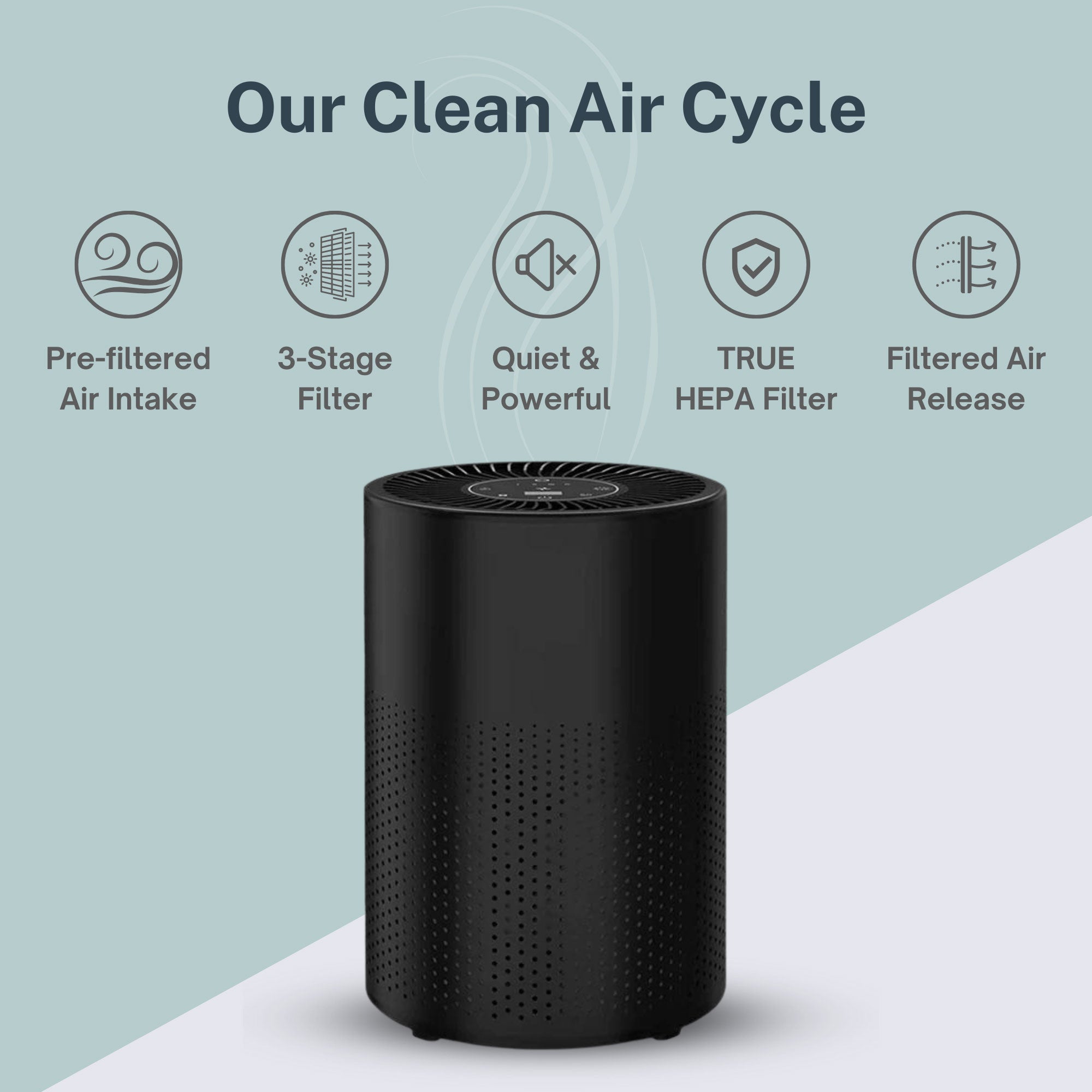Home is a sanctuary. For many of us, it’s where we spend most of our time. With the increase of hybrid work, we’ve all adapted to being home more.
Being conscious of the quality of the air we breathe enables us to enhance the safety and comfort of our home base.
Dust, seasonal allergens, pet dander, and household chemicals can pollute indoor air quality.
As we head into the new year, it’s a good time to consider if poor air quality is affecting our health.
With simple steps in 2023 and a high-quality air purifier to support your efforts, you can improve the indoor air quality of your home.
Let’s dive into some easy and effective ways to improve indoor air quality at home in the new year!
10 Best Ways to Improve Air Quality in 2023
There are easy and effective at-home maintenance tips and swaps you can make to support air purification in your home–often without spending any extra money.
1. Change Your Air Filters
If you rely on your HVAC system for heat in the winter and cooling in the summer, know this: the air filters in your furnace impact the air to your home. When they get clogged with debris, it can both lessen the efficiency of the unit and hurt indoor air quality.
2. Monitor Humidity Levels
Using a cool mist humidifier is one way to support optimal humidity in your home. Having the right humidity reduces irritation from dryness and supports your body’s natural defenses and immune system during the cold and flu season. It also helps keep your indoor air as comfortable as possible, rejuvenates your skin, and protects your home and furniture.
3. Ventilate Your Space
In some places, nothing is more pure than the outside air! If you live in an environment with high-quality outdoor air, one of the cheapest ways to purify your indoor air is to ventilate your space. Open those windows and doors, and let the airflow do its magic. It can bring in clean air and remove unsafe particles.
4. Seal Your Home
Wait…didn’t we just say to open the windows and doors? We did — however, this depends on the season and the environment. Sealing windows and doors can prevent air leaks and increase the efficiency of your HVAC system so that you’re not losing filtered air to the outdoors. You can quickly achieve this by weatherstripping windows and doors.
5. Add Indoor Plants
Not only do indoor plants look nice and refreshing in a home, but they are proven to improve indoor air quality. Indoor plants reduce indoor air pollution because plants can absorb carbon dioxide and release oxygen, making the air more breathable.
Select larger, leafy plants with maximum surface area to aid air purification.
In addition to their air purification qualities, plants can also help reduce stress and help you feel happier. Popular indoor plants to add to your home include aloe vera, English ivy, bamboo palm, Boston fern, Golden pothos, and palm trees.
6. Keep It Clean
Floors and furniture can collect allergens like dust mites and pet dander. Stick to a regular cleaning routine, including vacuuming, dusting, and regularly washing bedding and blankets in your home. This will help prevent dust build-up and prevent particles and allergens from migrating throughout your home.
7. Remove Shoes in Your Home
Regardless of whether it’s winter and your boots are muddy, removing shoes at the door helps keep your home and indoor air clean. Shoes can carry mold, dust, and pollen indoors, where floors easily trap these particles.
Consider placing a storage rack near your entryway to encourage shoe removal. Not only will this help reduce tracking mud indoors on rainy days, but it will also encourage an organized and tidy home.
8. Eliminate Fragrances
Those fragrant candles you may love are likely doing more harm than you realize for the quality of your indoor air. Candles, cleaning products, air fresheners, and beauty supplies can carry harmful chemicals in their fragrance that are absorbed into your indoor air. Consider swapping fragrant candles for beeswax candles, traditional cleaning products for natural ingredients, or standard beauty products for clean alternatives.
9. Get Rid of Toxic Cleaning Supplies
If you make cleaning a regular part of your routine, you must consistently consider the substances you’re adding to your home. Swapping out traditional toxic cleaning supplies for natural alternatives will reduce the chemicals and other VOCs in your home's air.
Consider trading your chemical cleaning supplies for any number of natural ingredients instead, including white vinegar, liquid castile soap, natural salt, baking soda, and borax.
There are also several green cleaning companies selling products that are as effective as conventional cleaning products but spare you the process of mixing your own cleaning concoctions.
10. Keep Your Pets Groomed
Pet dander — your pet's skin cells — is found nearly everywhere in a home with pets. Even more than pet fur, dander can cause you to develop asthma-like symptoms or exacerbate your asthma if it already exists. If you have a pet, keep dander to a minimum by cleaning them regularly, brushing them outdoors if you can, and vacuuming floors and furnishings regularly.
Invest in Better Indoor Air Quality in 2023
Reducing indoor air pollution can positively impact your health and your energy efficiency — and it’s easy to do with a few home maintenance tasks, plants, and eco-friendly swaps.
With different environments come different triggers. Whether you have pets in your home or live in an environment with dramatic seasonal shifts, working to avoid triggers will help to keep your indoor air clean.
Utilizing a high-quality air purifier in your home is the final piece to support your at-home efforts to purify your indoor air effectively.
Shop Air Oasis’ impressive line-up of air purification products here.











